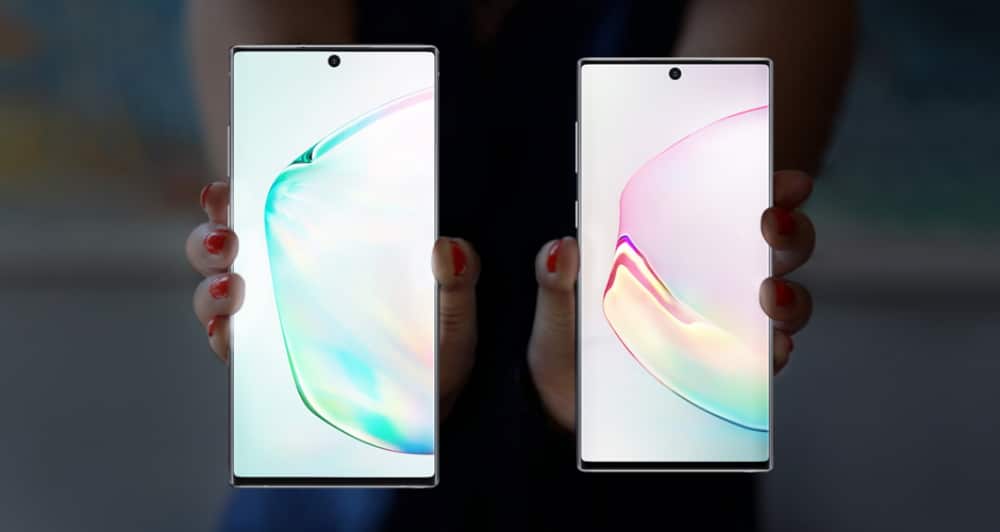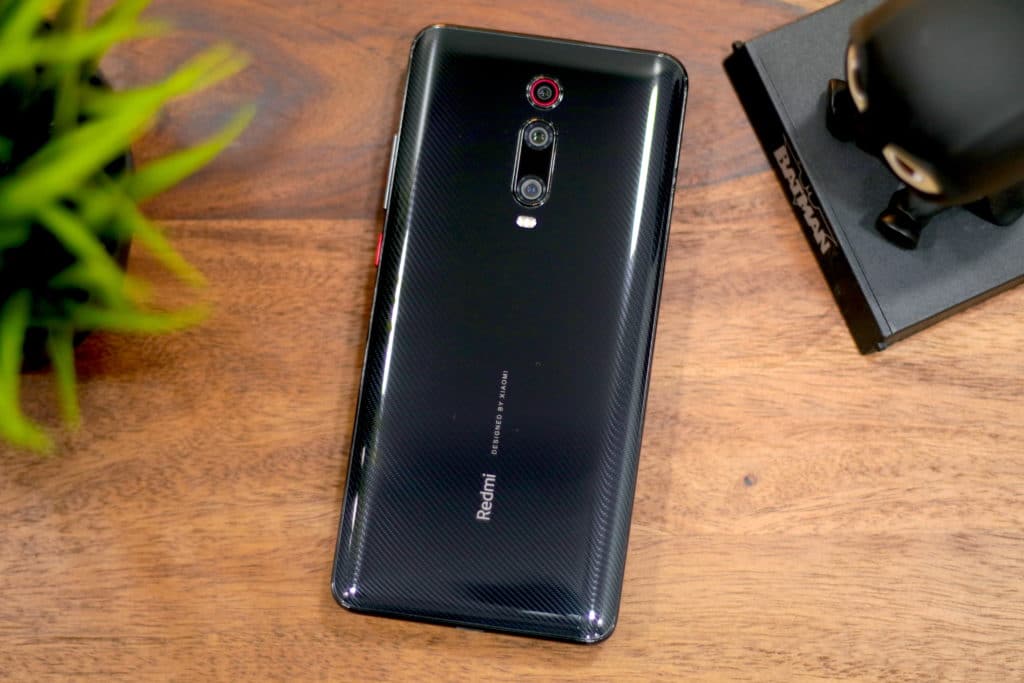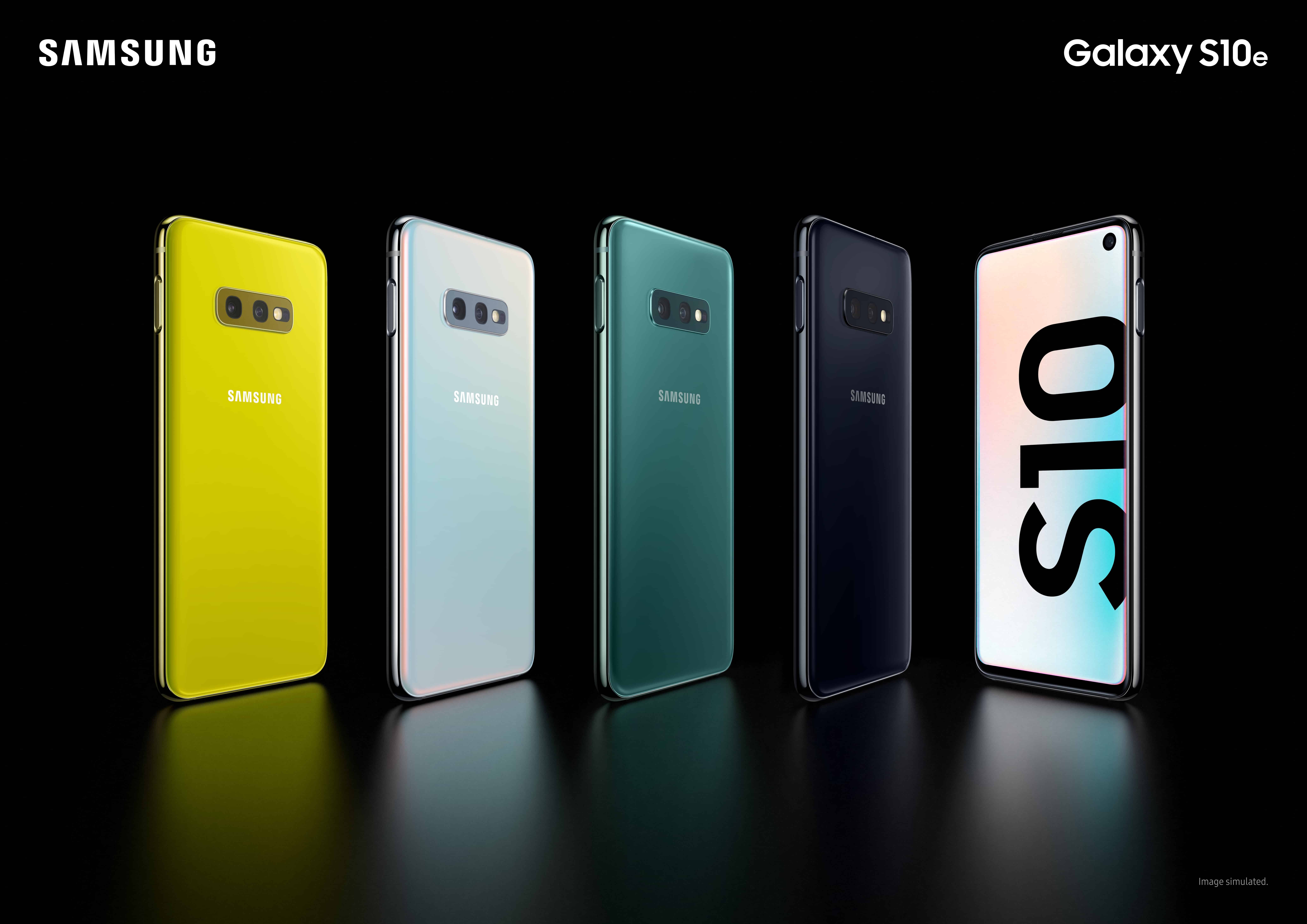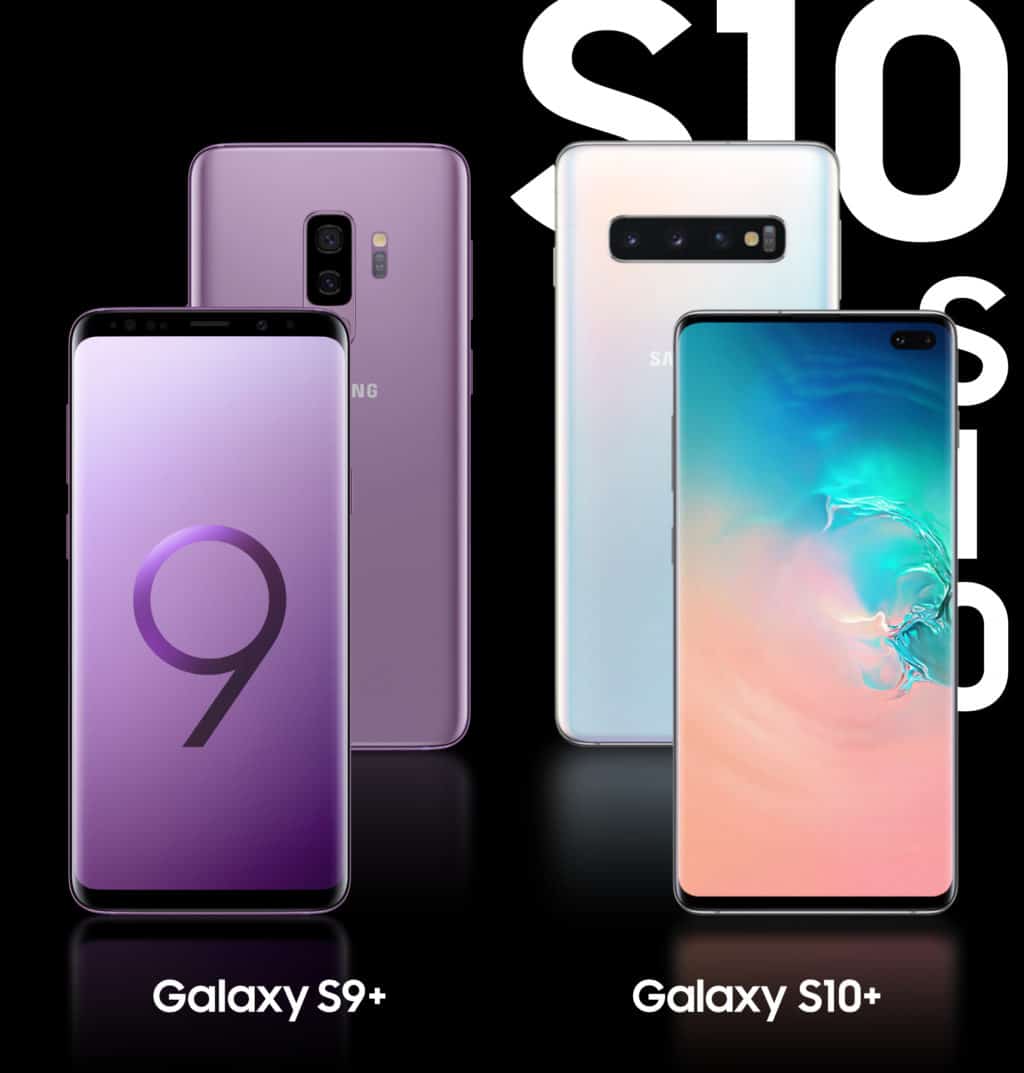
Building on the success of the Galaxy S7 and Galaxy S7 edge from last year, Samsung unveiled the Galaxy S8 and S8+ last night — its first major flagship smartphone since the Galaxy Note 7 fiasco. So, how does the Galaxy S8 compare to the Galaxy S7?
The Galaxy S7 and S7 edge were widely considered to be among the best Android smartphones released this year, and it shows since the handsets sold in excess of 50 million units. Now that their successors are out, let’s find out how the Galaxy S8 compares to the Galaxy S7 and S7 edge in various aspects.
Remember that the only difference between the Galaxy S8 and S8+ is their screen size, dimensions, and battery capacity, so barring those, other comparison points below will be applicable for it as well.
Samsung Galaxy S8 vs Galaxy S7
Dimensions
The Galaxy S8 is 8mm thick, while the Galaxy S8+ is 8.1mm thick. The Galaxy S8 and S8+ weighs 155g and 173g, respectively. The dimensions of both phones are as follows:
- Galaxy S8: 148.9 x 68.1 x 8 mm
- Galaxy S8+: 159.5 x 73.4 x 8.1 mm
The Galaxy S7 and S7 edge are 7.9mm and 7.7mm thick, respectively, with both handsets weighing in at 157g and 173g.
The dimensions of Galaxy S7 and S7 edge are as follows:
- Galaxy S7: 150.9 x 72.6 x 7.7 mm
- Galaxy S7 edge: 159.5 x 73.4 x 8.1 mm
Display
The Galaxy S8 comes with a curved 5.8-inch Infinity Display with Quad HD+ (2960 x 1440) resolution and an aspect ratio of 18.5:9. The new aspect ratio makes the display taller than usual but it is better suited for multi-window multitasking.
The Galaxy S7 comes with flat 5.1-inch Quad HD (2560 x 1440) display with a 16:9 aspect ratio. As for the Galaxy S7 edge, it comes with a curved 5.5-inch Quad HD display with the same 16:9 aspect ratio.
Chipset
The Galaxy S8 comes with either Samsung’s own Exynos 8895 chipset or Qualcomm’s Snapdragon 835 chipset. Both chipsets are based on Samsung’s 10nm LPE fabrication process that should make them more power efficient than other 14nm based chipsets.
The Galaxy S7 and S7 edge featured Samsung’s own Exynos 8890 chipset or Qualcomm’s Snapdragon 820 chip. Both chipsets are based on the 14nm fabrication process.
Storage & RAM
The Galaxy S8 and S8+ both feature 64GB of NAND storage based on the UFS 2.1 interface. They also come with 4GB of RAM and a microSD card slot.
The Galaxy S7 and S7 edge, on the other hand, were available in either 32GB and 64GB of storage using UFS 2.0 NAND storage chip. They also featured 4GB RAM and a microSD card slot.
Camera
The Galaxy S8 features the same camera setup as the Galaxy S7. This means we are looking at a 12MP f/1.7 shooter with Dual Pixel and OIS. However, like the Google Pixel, the Galaxy S8 now takes three pictures in quick succession and combines them into one for better low-light imaging performance.
At the front, the Galaxy S8 features an 8MP f/1.7 shooter with autofocus, while the Galaxy S7 features a 5MP f/1.7 selfie shooter.
Connectivity
The Samsung Galaxy S8 and Galaxy S8+ are the first phones to feature gigabit LTE Cat.16 modem. They are also the first phones in the market to launch with Bluetooth 5.0. The Galaxy S8 also features a USB-C port.
The Galaxy S7 and S7 edge only support LTE Cat.9 speeds, and they shipped with Bluetooth 4.2 out of the box. The Galaxy S7 and S7 edge feature a microUSB port.
Battery
The Samsung Galaxy S8 comes with a 3000mAh battery, while the Galaxy S8 Plus features a 3500mAh battery. Both batteries will be able to hold up to 95 percent of their capacity after two years.
The Galaxy S7 also featured a 3000mAh battery, while the Galaxy S7 edge came with a slightly larger 3600mAh battery.
All the four phones support fast charging, both wired and wireless.
Biometric Authentication
The Galaxy S8 features three different types of biometric authentication: iris, fingerprint, and face.
The Galaxy S7, in comparison, only features fingerprint authentication.
IP Certification
All the four handsets — Galaxy S7, S7 edge, S8, S8+ — feature an IP68 certification that makes them dust and water-resistant in up to 1.5m of fresh water for up to 30mins.
Samsung Pay
All four handsets also support Samsung Pay.
New Features
The Galaxy S8 comes with two new features which are missing on the Galaxy S7: Bixby and DeX. The former is Samsung’s new AI-powered virtual assistant that features Bixby Vision and is contextually aware. As for DeX, its a docking accessory for the Galaxy S8 that turns it into a full-blown Android-powered PC replacement.
So, do you think the Galaxy S8 and S8+ are a huge upgrade over the Galaxy S7 and S7 edge? While the larger displays and other key improvements definitely make Samsung’s latest flagship a winner, their battery capacity has me worried. A 3000mAh battery for a phone with a 5.8-inch QHD+ display sounds like a combination that will struggle to make it through the day.



















